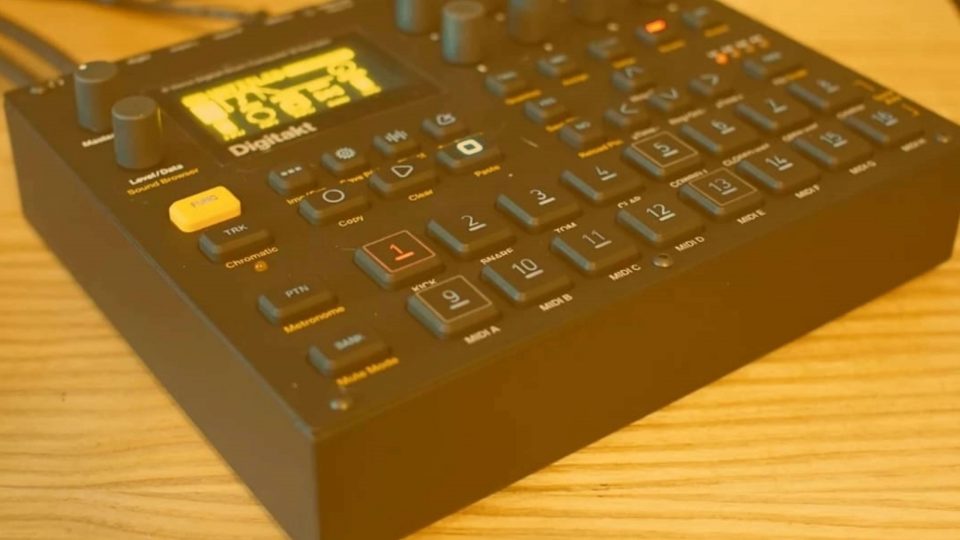The 5 Best Sequencers for Any Studio Budget
There is a world of top-notch sequencers out there, but we have narrowed the list to just five. If you’re looking for the best step sequencers, the best sequencers for live performance, or even the bets MIDI sequencers we’ve got a variety of sequencers here and waiting for you to read about.
Sequencing is an awesome creative method to compose new melodies, experiment with the possibilities of a sound, perform electronic music live on the spot, and so much more. But not all sequencers may be suitable for your needs.
I think it’s time we took a trip into the land of sequencers and see what groovers we can step to.
Elektron Digitakt – £649
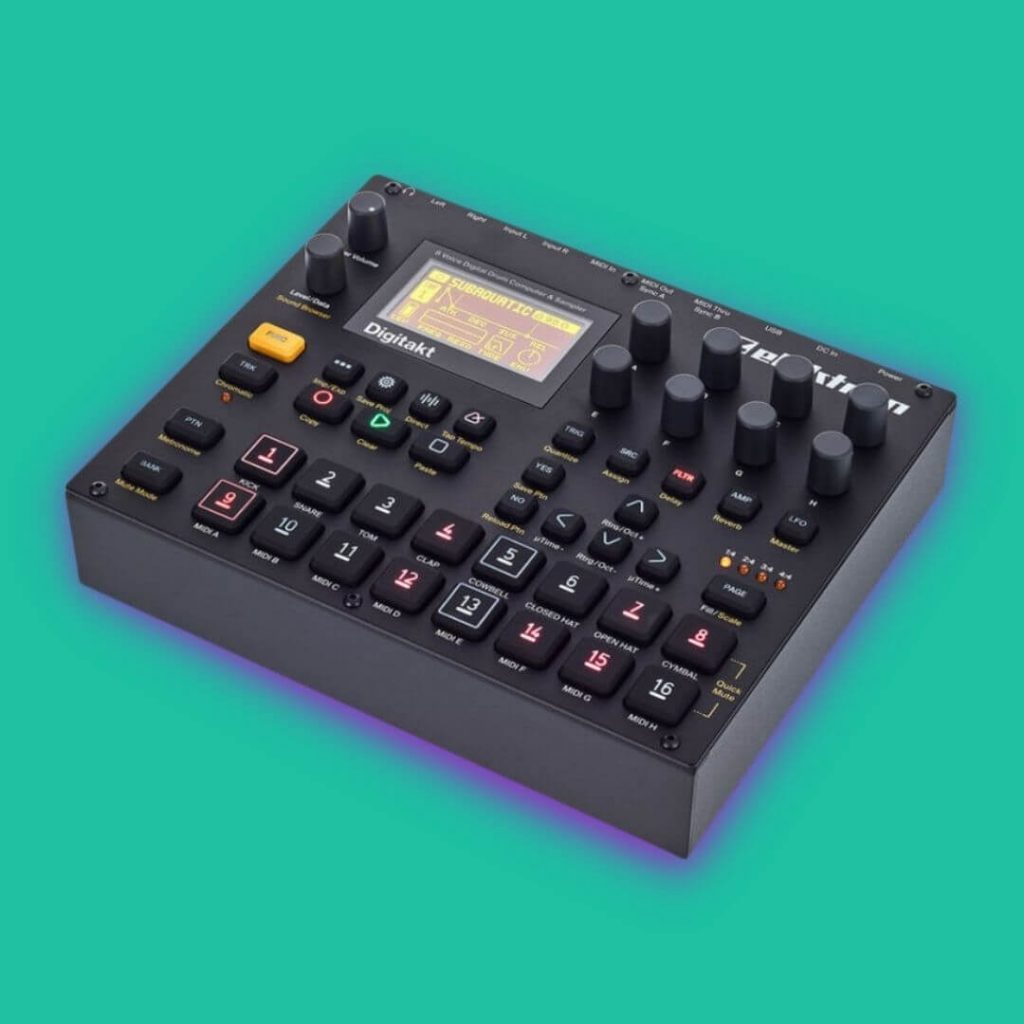
From drums to lead synths, the Digitakt is a 64 step sequencer – and it’s one of the best hardware sequencers out there today. But it’s also a drum machine and a synth…
With the Digitakt, we can program 8 individual MIDI tracks with unique sequences. We can add effects to each sequence and control MIDI parameters in some scenarios too.
It’s a hefty price, but Digitakt has a world of functionality in one device.
Korg SQ1 – £114
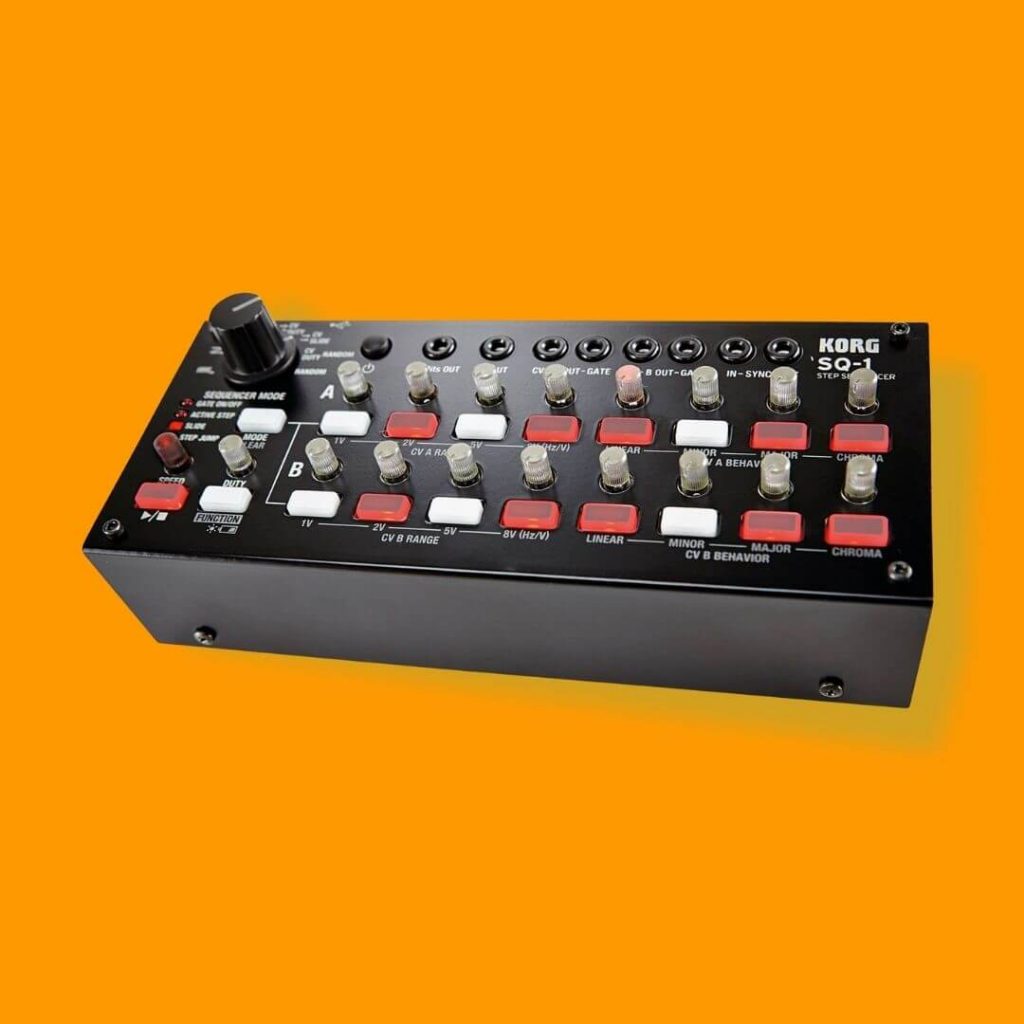
One of the best controller sequencers and best budget sequencers, The Korg SQ1 is an inexpensive and very usable sequencer. It’s ticking boxes in the size department too, as it’s the best small sequencers on our list. We can power the SQ1 via USB power or AA batteries, but it’s actually a CV/Gate sequencer with two output channels! The SQ1 even includes a MIDI Out to connect and jam with digital gear.
The SQ-1 allows us to send two 8-step sequences to individual outputs, or we can merge them into one 16-step sequence.
The sequence also includes reverse playback, Step Jump (to any step), as well as Active Step that allows us to turn steps on or off during playback. Slide allows us to change the voltage gradually between steps too. We can set Voltages with knobs on the device, allowing them to be any value within the specified range (1, 2, 5, or 8V).
The SQ-1 is quite pretty easy to get to grips with. Each step has its own knob, and there are no menus to learn and navigate.
AKAI MPC X – £1422
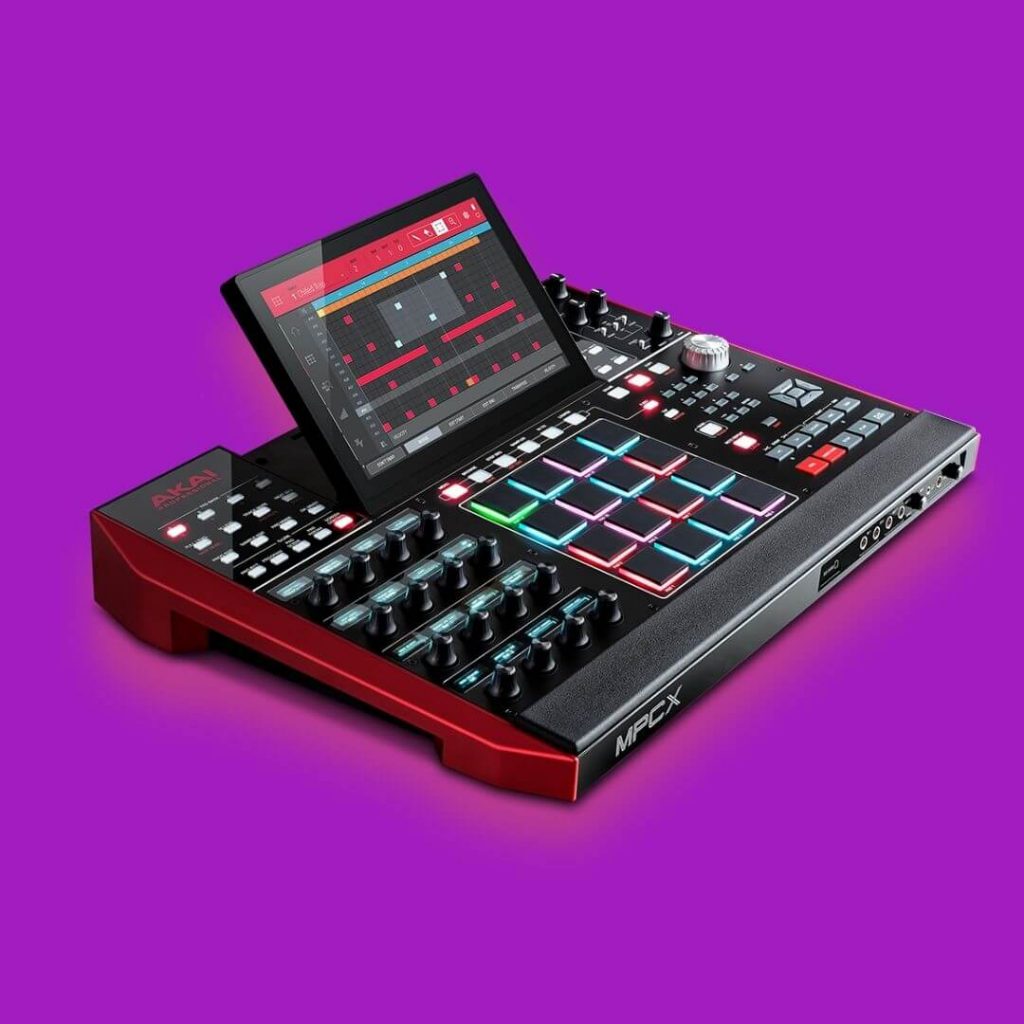
A renowned groove box, The MPC X has sampling and finger drumming capabilities. We can also use the MPC as a sequencer! We think this makes the MPC X one of the best live performance sequences on this list. We can create sequences, as well as cut and paste sequences together as you could in your DAW.
AKAI’s MPC range of products is well respected in the music community. You don’t see “MPC Style Pads” on-grid controller product pages for no reason. The MPC X brings the MPC range into the modern era with a large display and its user interface which emulates that of a DAW.
Again, the MPC X is at a high price. But it’s a useful, powerful, and fun tool that you will lose hours on.
Arturia Keystep £99

The KeyStep combines a full-function velocity-sensitive keyboard controller with a polyphonic step sequencer. With both CV/Gate and MIDI output, it can control both analog and digital instruments. The Slimkey keyboard has 32 mini keys and senses both velocity and aftertouch. A versatile built-in arpeggiator operates in multiple modes, including up, down, last played, and random.
We can record and recall eight sequences, and each step can include up to eight notes per step. Sequence length can be arbitrarily set from 1 to 64 steps. Tie lets you hold a note through succeeding steps, while Legato creates steps with voltage changes but no triggers between notes. Another useful feature is Real-time Record/Replace to edit sequences you’ve already created.
In addition to MIDI Note output, KeyStep translates notes into CV/Gate signals, either Volts/octave or Hertz/volt, available at back panel connectors. Gate on/off can be set as a standard gate or a 5V or 12V trigger.
A third connector, Mod, can output MIDI velocity or aftertouch, or the value of the onboard Mod strip controller. Because CV outputs are monophonic, but the KeyStep sequencer can be polyphonic, a note priority setting lets you choose whether the lowest, highest or last note is output.
AKAI MPC One – £599
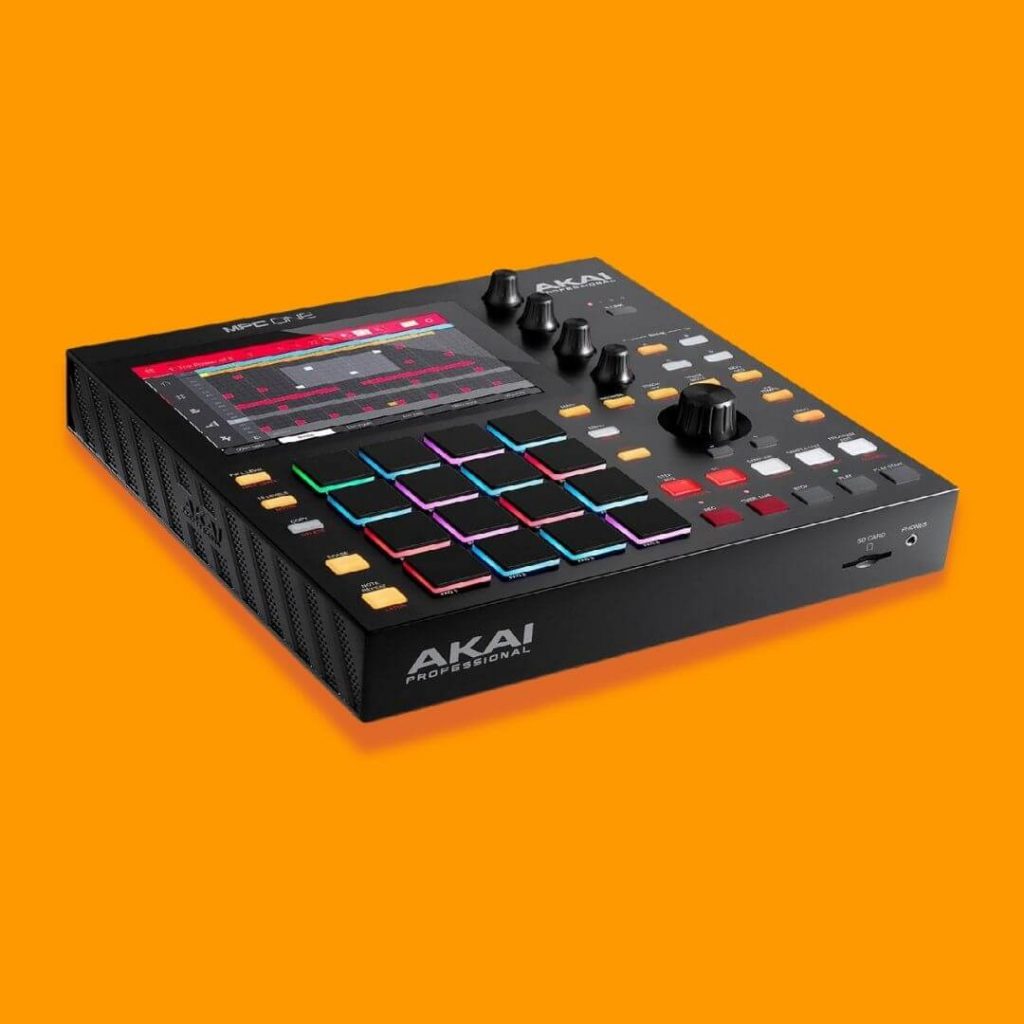
As we said, the MPC range is well respected in the music community. That’s why we’re talking about another MPC product: the MPC One. The MPC One is one of Akai’s latest MPC products that they released in 2020.
It features a smaller screen because it’s smaller in size comp\ared to its predecessors. Its interface is limited compared to previous models too. It has fewer button controls as it’s the smaller version of the MPC X. But don’t let that trick you into thinking it’s not powerful. The MPC One is a fantastic groove box and sequencer!
The MPC One also includes capabilities to match that of a DAW, and allows us to cut, rearrange, and program sequences. On top of this functionality, has the renowned MPC pad feel and it serves multiple purposes.
If you’re looking for an affordable and modern MPC without going to the used market, this is an excellent option.
Does your sample library feature sounds that’ll add t6he step to your sequence?
The sampling revolution has risen in popularity and shaped music since the early 1970s. Sample culture continues to transform how millions of artists and producers do their thing in DAWs.
You too can break conventional norms, challenge the status quo, and open Pandora’s box of sound design.
Mixxed works with a growing number of sample labels and contributors to provide you with an affordable sample subscription service that’s more accessible than any before.
You’ll have access to our growing catalogue of loops, one-shots and sound effects that you can browse, download and keep forever for less than $3 a month.
Sign up today to find your sound!
